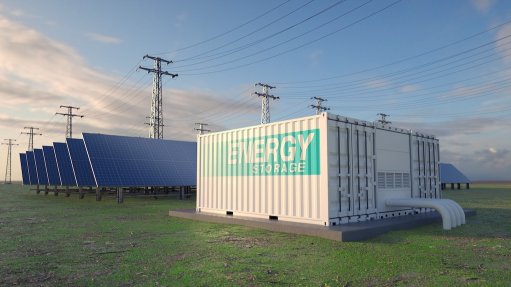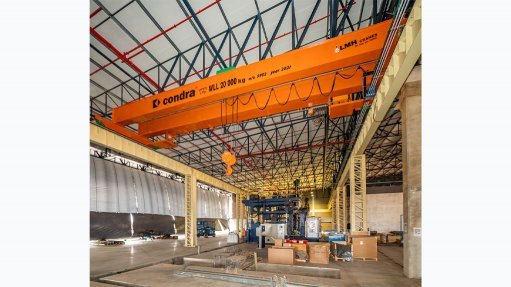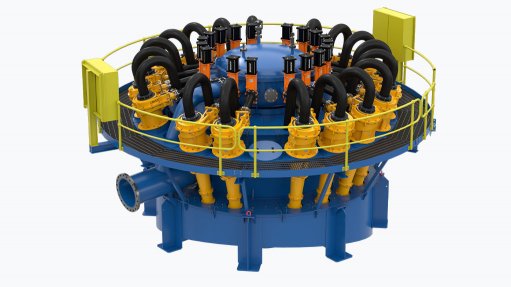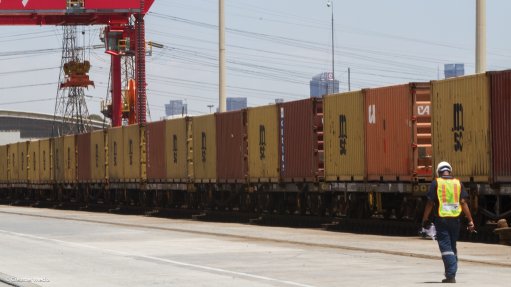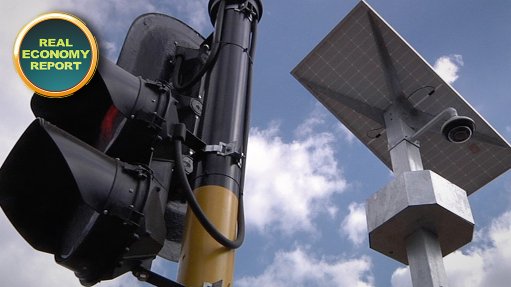DEHN Africa launches DEHNinsure: a simpler approach for surge and lightning protection insurance for thatched roofed buildings
This article has been supplied.
Thatched roofs are beautiful in the eyes of many, and are an aesthetically pleasing option for game lodges and other buildings looking to cultivate a rural or ‘countryside’ look and feel, but they require significant maintenance, including protective measures against the possibility of a fire outbreak. At the same time, because they are so potentially flammable compared to other types of roof, the insurance requirements on buildings with thatched roofs can be onerous.
According to numerous insurance companies, a thatched roof is regarded as a non-standard construction by insurers – in contrast to roofs made of tile, slate, concrete, asbestos, metal or zinc, which are deemed to be standard - and this will be taken into account when determining your home insurance cover and premium.Your insurer will expect you to have your thatched roof professionally installed, to maintain it regularly, as well as take steps to reduce fire risk.
These steps include the following:
- Have your thatched roof installed and maintained by professionals.
-
Protect it against fire, using fire-retardant materials, which can help to delay the spread of a fire over and entire thatched roof, and also make sure that any chimneys are protected. Have fire extinguishers strategically available, and service them annually.
-
Protect against lightning: The direct lightning flash density is high in large areas of South Africa, and direct lightning strikes can cause fires; alternatively, lightning can cause a power surge, damaging electrical equipment and appliances in the same way as a power surge from an electrical utility source.
Hano Oelofse, managing director at lightning and surge protection company DEHN Africa, says, “DEHN Africa has been involved in a number of installations on lightning protection systems for thatched roofs, and we are excited to launch a new and exciting initiative, which combines our expertise in lightning protection with a holistic insurance offering. We believe this is a first in South Africa, where vast areas of our country are prone to the high possibility of a lightning strike at different times of the year.”
Oelofse notes that traditionally, external lightning protective equipment for thatched roofs has involved the use of a free-standing lightning mast, which must be higher than the thatched roof. “The idea is that the lightning flash will ‘seek’ a pathway to the ground and thereby discharge itself through the lightning mast; preventing your flammable roof from being struck by the lightning instead. However, the masts are very visible, which from an environmental perspective somewhat defeats the objective of having the thatched roof blend into the environment. The mast has to be installed at a height derived from the lightning risk assessment whereby the correct angle of protection is given according to each lightning protection level. The lightning mast must be high enough to cover the enire building.
Comments
Press Office
Announcements
What's On
Subscribe to improve your user experience...
Option 1 (equivalent of R125 a month):
Receive a weekly copy of Creamer Media's Engineering News & Mining Weekly magazine
(print copy for those in South Africa and e-magazine for those outside of South Africa)
Receive daily email newsletters
Access to full search results
Access archive of magazine back copies
Access to Projects in Progress
Access to ONE Research Report of your choice in PDF format
Option 2 (equivalent of R375 a month):
All benefits from Option 1
PLUS
Access to Creamer Media's Research Channel Africa for ALL Research Reports, in PDF format, on various industrial and mining sectors
including Electricity; Water; Energy Transition; Hydrogen; Roads, Rail and Ports; Coal; Gold; Platinum; Battery Metals; etc.
Already a subscriber?
Forgotten your password?
Receive weekly copy of Creamer Media's Engineering News & Mining Weekly magazine (print copy for those in South Africa and e-magazine for those outside of South Africa)
➕
Recieve daily email newsletters
➕
Access to full search results
➕
Access archive of magazine back copies
➕
Access to Projects in Progress
➕
Access to ONE Research Report of your choice in PDF format
RESEARCH CHANNEL AFRICA
R4500 (equivalent of R375 a month)
SUBSCRIBEAll benefits from Option 1
➕
Access to Creamer Media's Research Channel Africa for ALL Research Reports on various industrial and mining sectors, in PDF format, including on:
Electricity
➕
Water
➕
Energy Transition
➕
Hydrogen
➕
Roads, Rail and Ports
➕
Coal
➕
Gold
➕
Platinum
➕
Battery Metals
➕
etc.
Receive all benefits from Option 1 or Option 2 delivered to numerous people at your company
➕
Multiple User names and Passwords for simultaneous log-ins
➕
Intranet integration access to all in your organisation






